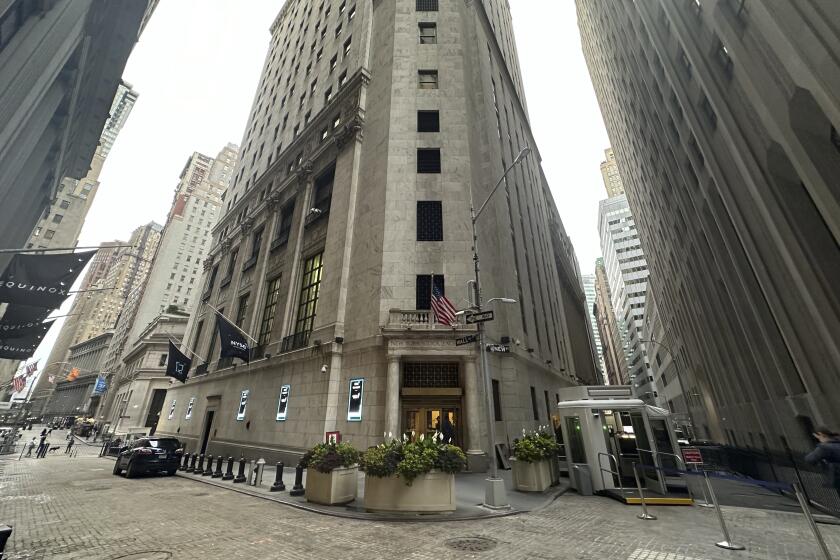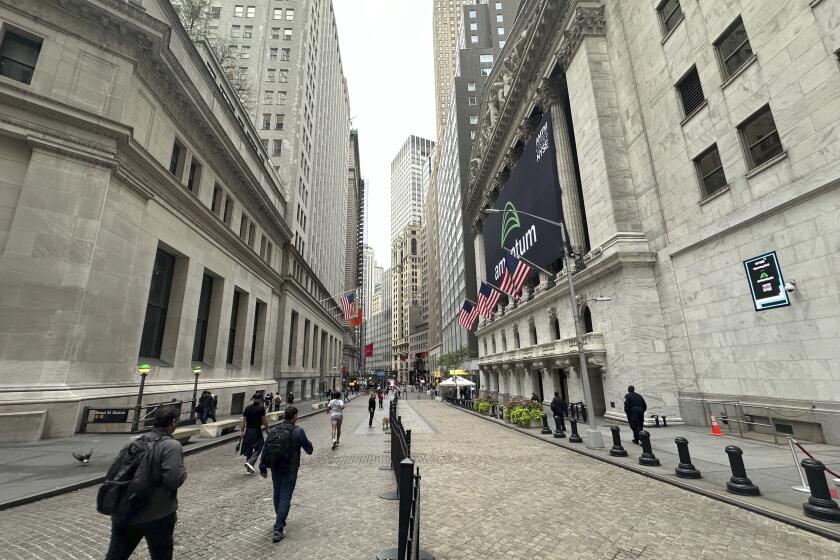Economic Index Up 7th Month in a Row : Points Way to Continued Growth Through Election
The government’s chief forecasting gauge of future economic activity climbed 0.6% in August, the seventh consecutive increase and the longest string of advances since the current economic recovery began in late 1982.
The Commerce Department said the August increase followed a revised July advance of 0.3%.
Analysts said the string of gains in the index points the way to continued moderate economic growth for the rest of this year and through the 1988 presidential election, something bound to cheer Republicans hoping to hold onto the White House.
The index last posted a decline in January. The seven monthly gains are the longest stretch of consecutive increases in the index since a string of 21 straight advances starting in September, 1982, right before the beginning of the current recovery. That long advance in the index signaled rapid economic growth in 1983 and 1984.
The current recovery from the 1981-82 recession will be 59 months long next month, making it the longest peacetime expansion in U.S. history.
Economists do not expect growth in the coming months to be as strong as in the early years of the recovery, given the advanced stage of the expansion. Instead, they are forecasting a continuation of the moderate advances in economic activity in effect for the last two years.
The leading index is composed of 11 forward-looking business statistics and is designed to predict economic activity six to nine months in the future.
The biggest positive force in August was a big gain in stock market prices, which pushed the Standard & Poor’s 500-stock index up by 6.2% in August.
The other strength came from a drop in weekly unemployment claims, a rise in building permits and an increase in the nation’s money supply.
The largest negative contribution came from a decline in plant and equipment orders by businesses, followed by changes in business delivery times on orders, changes in the prices of raw materials and a drop in manufacturers’ orders for consumer goods.
One indicator, the length of the average workweek, was unchanged, and two others, business inventories and consumer credit, were not available.
In a separate report, the Commerce Department said today that sales of new homes rose 2.7% in August after a 4% increase in July.
The latest increase came as a surprise to many economists who had been forecasting a decline in the sales pace because of rising mortgage interest rates. Analysts said the rising rates apparently spurred some potential buyers to take the plunge before rates went even higher.
More to Read
Inside the business of entertainment
The Wide Shot brings you news, analysis and insights on everything from streaming wars to production — and what it all means for the future.
You may occasionally receive promotional content from the Los Angeles Times.










